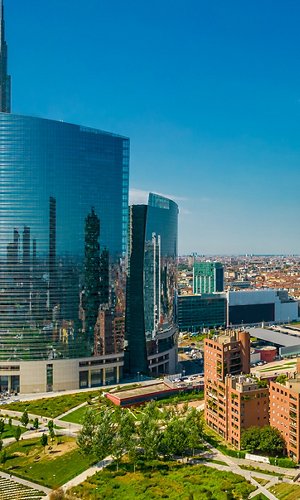When walking along a tree-lined avenue in a crowded and traffic-congested city, wrapped up in our daily commitments, we do not usually notice the trees under whose shade we are walking, nor do we ask ourselves which benefits they bring to our lives or what our city would be like without trees. Let’s look together at the advantages that greenery brings to our cities.
Voice search
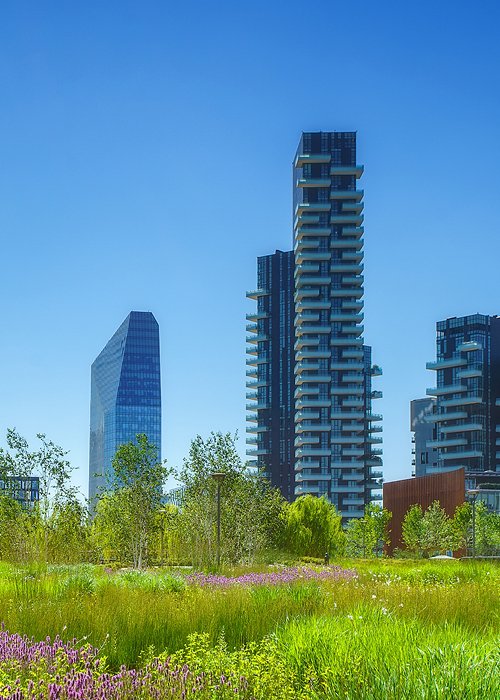
Urban woods
Cities, metropolises and megalopolises: a few figures
Today, urban areas are the most densely populated areas of our planet. Indeed, according to the UN “World Urbanization Prospects: The 2018 Revision” report, in 2018, 55% of the world population resides in cities and megalopolises. In 1950, the world population was prevalently rural, with only 30% of its inhabitants living in urban areas. The turning point arrived in 2007, the first year in the history of humanity in which the number of inhabitants of cities surpassed those settled in rural areas. The gap between urban and rural populations has continued to grow, and will continue to do so, to the extent that in 2050, according to forecasts, 70% of global population will be living in the metropolitan areas of the world. Today, the most highly urbanised regions are North America (with 82% of the population living in urban areas in 2018), Latin America and the Caribbean (81%), Europe (74%) and Oceania (68%). The level of urbanisation in Asia is approaching 50%. On the contrary, Africa remains rural for the most part, with 43% of its population living in urban areas.
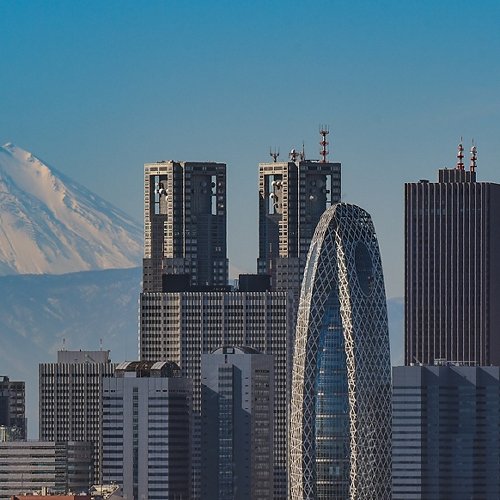
Tokyo, with 37 million inhabitants, is the largest city in the world.
Cities occupy only 3% of the planet’s surface: therefore the population living in urban areas is concentrated in a very small area which, however, manages to consume 70% of global energy, 80% of the food and emit 75% of pollutants and greenhouse gases. Cities change the natural landscape when they expand, creating micro-climates where temperatures, precipitations and winds differ from those in the surrounding countryside. Urban development – as often occurs – determines the depletion and deterioration of natural ecosystems within and around urban areas, drastic loss of vital ecosystem services and a reduction in resilience to stress, like that caused by climate changes.
For these reasons, the challenges to sustainable development are increasingly more concentrated in urban areas, in particular in countries with medium-low earnings, where urbanisation often takes place rapidly and in an uncontrolled way, without sufficient planning and adoption of unsustainable land use models.
Urban greenery
The cities of the world have a chance to become key players in a large plan to reverse climate change: considering that forests and woods absorb around 40% of global CO2, taking forests into cities means fighting the enemy on its main battlefield. Urban forestation, meaning an increase in the areas with greenery and trees in urban and peri-urban spaces of the metropolises of the world, is therefore one of the most effective tools for reducing the effects of climate change and planning a better future for the generations that will inhabit Earth in the decades to come.

Vista sulla Rambla, Barcellona
All cities share a similar physical structure, made up of “grey” infrastructures (like residential and industrial buildings, streets, public services, parking areas, …), “blue” infrastructures (such as rivers, lakes, pools and water channels) and “green” infrastructures (for example, trees, shrubs, flowerbeds, hedges, …). Knowing how to get the proportions of these elements right is the key to building cities able to respond to modern urban challenges.
The benefits of urban greenery
From improving the climate to decreasing stress, urban woodland can bring many positive effects. First of all, those on the temperature and on the climate: in fact, a city with more trees can reduce the “heat island” effect caused by the presence of large built-up areas, lowering the temperature by as much as 8°C during the summer months. Additionally, thanks to the photosynthesis process, trees absorb CO2 and subsequently re-emit it into the atmosphere in the form of oxygen: what is a waste product for plants becomes a precious resource for humans and animals, all the more so in cities. We must not forget too that a plant may contribute to improving the quality of urban air, by filtering atmospheric pollution. Trees help to make the soil more stable. Land containing roots is much more resistant and safe than built-up land. Plants also protect land from erosion.
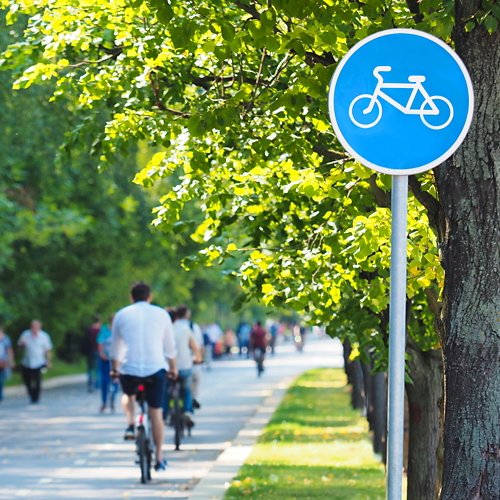
Economic aspects linked to urban greenery are no more marginal, and indeed help to generate new jobs, increasing the value of property and favouring energy savings. If planted near buildings, trees can in fact lower the temperature of homes during summer months. Lastly, there is cultural value. The cultural value of urban green areas is no less important. Green spaces are often places for socialisation and for relaxing and practising sports.
by Benedetta Palazzo
Sources of further information:
Read also...
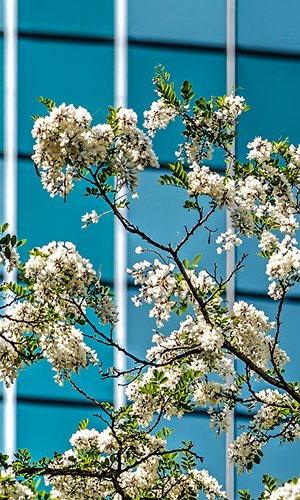
Urban aliens



